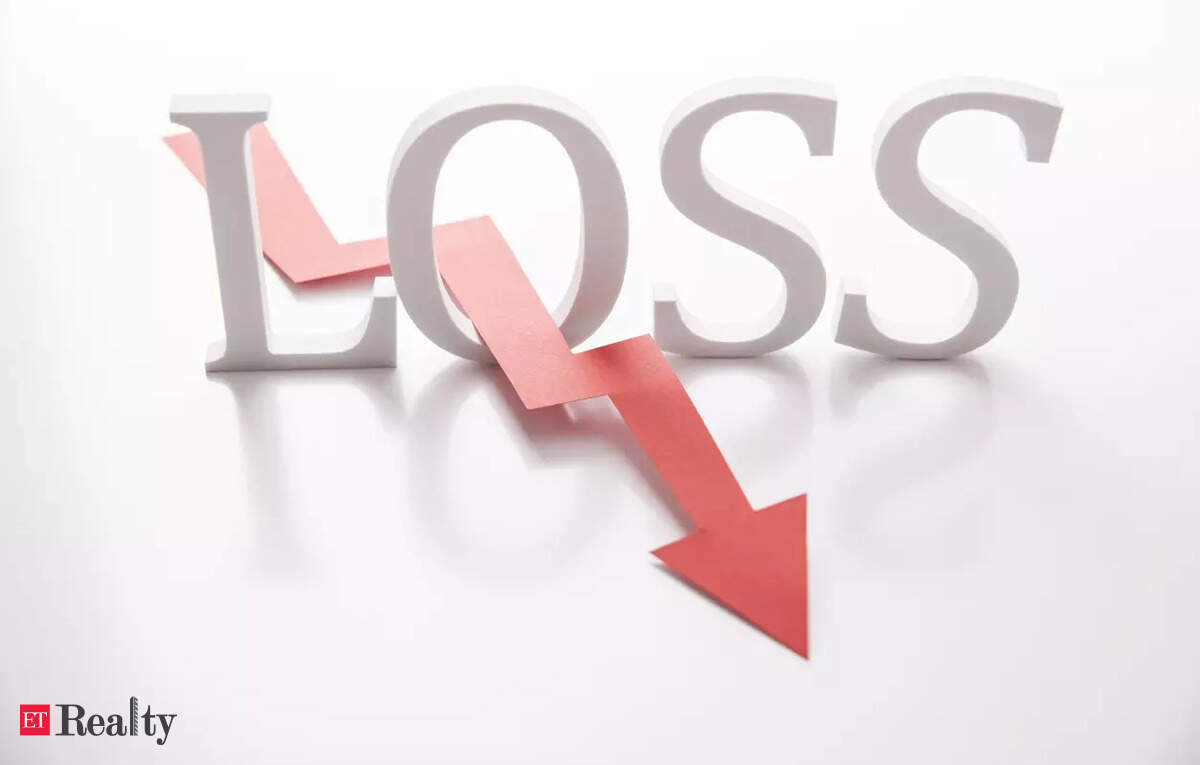Your Guide To Low Inflation: A Podcast Exploration

Table of Contents
Understanding Low Inflation and its Causes
Defining Low Inflation
What constitutes "low inflation"? It's generally considered to be a rate below 2% annually, although the ideal rate can vary depending on the economic goals of a country. It's important to distinguish low inflation from deflation (a sustained decrease in the general price level) and disinflation (a slowing down of the inflation rate). We also need to understand the difference between headline inflation (the overall inflation rate) and core inflation (which excludes volatile components like food and energy prices).
- CPI (Consumer Price Index): Measures the average change in prices paid by urban consumers for a basket of consumer goods and services.
- PPI (Producer Price Index): Measures the average change over time in the selling prices received by domestic producers for their output. The PPI is often considered a leading indicator of CPI, as increases in producer prices often precede increases in consumer prices.
- Difference: CPI reflects the cost of living for consumers, while PPI reflects the cost of production for businesses. Both are crucial for measuring inflation.
- Examples: Japan has experienced periods of low inflation and even deflation, while some European countries have also seen prolonged periods of low inflation rates.
Factors Contributing to Low Inflation
Several economic factors can contribute to a low inflation environment.
- Technological Advancements: Increased automation and technological innovation can lead to lower production costs, resulting in lower prices for goods and services. Think about the declining cost of computing power over the past few decades.
- Globalization: Increased international trade and competition can put downward pressure on prices, as businesses compete for market share by offering lower prices.
- Increased Productivity: Improvements in productivity allow businesses to produce more goods and services with the same or fewer resources, potentially leading to lower prices.
- Weak Demand: During economic downturns or recessions, weak consumer demand can result in lower prices as businesses struggle to sell their products.
- Monetary Policy: Central banks can use monetary policy tools, such as lowering interest rates, to stimulate economic growth and potentially moderate inflation. However, overly aggressive monetary easing can lead to unintended consequences. For example, prolonged periods of low interest rates can fuel asset bubbles.
The Impact of Low Inflation on Investments
Low Inflation and Bond Yields
Low inflation generally leads to lower bond yields. This is because investors are willing to accept lower returns on fixed-income investments when inflation is low, as the risk of their principal losing purchasing power is reduced.
- Inverse Relationship: There's an inverse relationship between inflation and bond prices. When inflation is low, bond prices tend to rise, and vice-versa.
- Risks and Rewards: Investing in bonds during low inflation periods can provide a relatively safe and stable return, but the returns may be modest compared to periods of higher inflation.
Low Inflation and Stock Market Performance
The relationship between low inflation and stock market performance is complex and not always straightforward.
- Company Earnings: Low inflation can positively impact company earnings if input costs remain low. This can lead to higher stock prices.
- Consumer Spending: Low inflation can boost consumer spending, as consumers feel more confident about their purchasing power. Increased consumer spending can drive corporate profits and stock prices upwards.
- Market Valuation: Low inflation can impact overall market valuations, potentially creating opportunities for value investors.
- Investment Strategies: In a low inflation environment, investors may consider strategies like value investing (focusing on undervalued companies) or investing in growth stocks (companies with high growth potential), depending on their risk tolerance and investment horizon.
Adapting Your Financial Plan to Low Inflation
Saving and Budgeting Strategies
Even during low inflation, effective saving and budgeting remain crucial.
- Diversification: Diversify your investments across different asset classes to mitigate risk.
- Maximize Returns: Explore different investment options to maximize returns within a low-inflation environment. Consider index funds, ETFs, or actively managed funds.
- Emergency Fund: Maintaining a substantial emergency fund is vital, irrespective of the inflation rate.
Protecting Your Purchasing Power
Preserving purchasing power is paramount, even during low inflation periods.
- Real Estate: Real estate can be a hedge against inflation, but it's important to consider market conditions and potential risks.
- Alternative Investments: Alternative investments such as commodities or precious metals can potentially offer protection against inflation.
- Risk Tolerance: Understand your risk tolerance and choose investments accordingly.
Conclusion
This exploration of low inflation, informed by insights from our dedicated podcast, reveals that navigating this economic climate requires a nuanced understanding of its underlying causes and effects. By analyzing factors contributing to low inflation, assessing its impact on investment strategies, and adapting personal financial planning accordingly, you can effectively mitigate risks and potentially even capitalize on opportunities. Don't miss out on further expert analysis; listen to the full podcast series on [link to podcast] for a comprehensive understanding of low inflation and its implications for your financial future. Take control of your finances today by learning more about low inflation and its impact on your investment portfolio.

Featured Posts
-
 Prodazhi Vinilu Teylor Svift Lidiruye Ostannye Desyatilittya
May 27, 2025
Prodazhi Vinilu Teylor Svift Lidiruye Ostannye Desyatilittya
May 27, 2025 -
 Can Chock And Bates Secure A Third Consecutive World Title
May 27, 2025
Can Chock And Bates Secure A Third Consecutive World Title
May 27, 2025 -
 Could Emegha Join Chelsea Analyzing The Transfer Rumours
May 27, 2025
Could Emegha Join Chelsea Analyzing The Transfer Rumours
May 27, 2025 -
 Taylor Swifts Eras Tour In Depth Look At Her Show Stopping Costumes
May 27, 2025
Taylor Swifts Eras Tour In Depth Look At Her Show Stopping Costumes
May 27, 2025 -
 Kerings Gucci Gamble Demnas Appointment And A Projected 3 Billion Loss
May 27, 2025
Kerings Gucci Gamble Demnas Appointment And A Projected 3 Billion Loss
May 27, 2025
Latest Posts
-
 Marcelo Rios Y La Frase Del Ex Numero 3 Un Analisis Profundo
May 30, 2025
Marcelo Rios Y La Frase Del Ex Numero 3 Un Analisis Profundo
May 30, 2025 -
 La Inspiracion De Marcelo Rios Revelando La Poderosa Frase Del Ex Numero 3
May 30, 2025
La Inspiracion De Marcelo Rios Revelando La Poderosa Frase Del Ex Numero 3
May 30, 2025 -
 Ex Numero 3 Del Mundo La Motivacion Tras La Frase A Marcelo Rios
May 30, 2025
Ex Numero 3 Del Mundo La Motivacion Tras La Frase A Marcelo Rios
May 30, 2025 -
 Roland Garros Surprise Defeats For Ruud And Tsitsipas Swiatek Remains Unbeaten
May 30, 2025
Roland Garros Surprise Defeats For Ruud And Tsitsipas Swiatek Remains Unbeaten
May 30, 2025 -
 La Poderosa Frase Para Marcelo Rios El Ex Numero 3 Del Mundo
May 30, 2025
La Poderosa Frase Para Marcelo Rios El Ex Numero 3 Del Mundo
May 30, 2025
